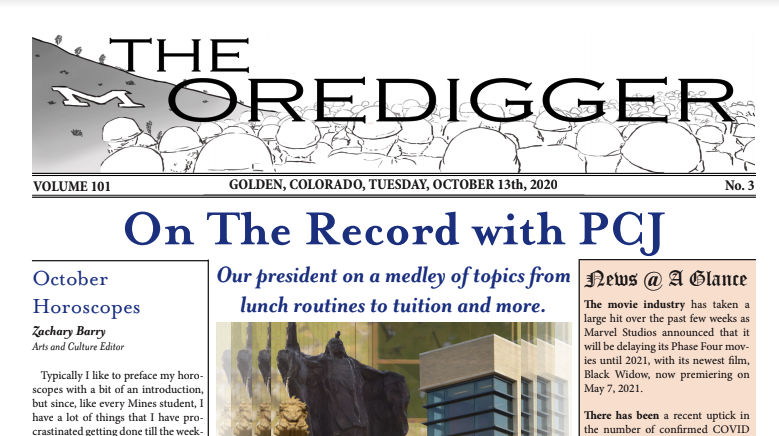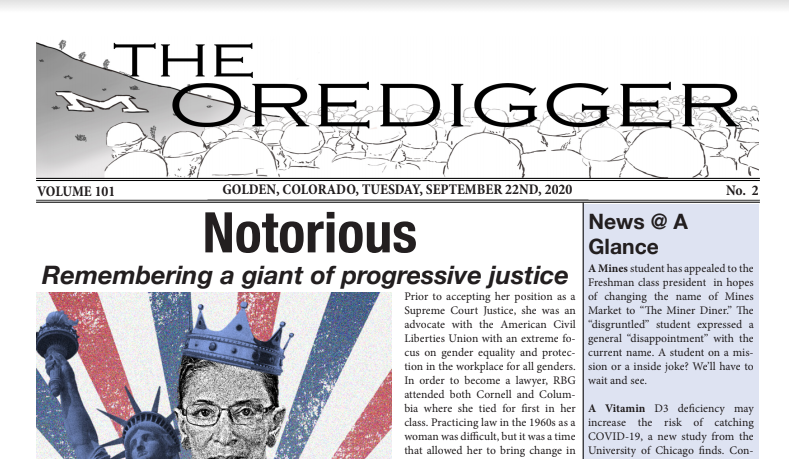Have you ever heard of the typical Mines stereotype that all Mines students are left brained and lack the cultural and artistic traits to write a song, pen a book, or paint a canvas? While it is true that most Mines students attend this school to pursue an engineering, mathematics, or applied science degree, this does not mean that the arts and the sciences are mutually exclusive. In fact, it is arguable that an arts education can give an engineering student a better-rounded point of view. For this reason, Colorado School of Mines requires students to take courses from the Liberal Arts and International Studies (LAIS) department before moving on to a career in engineering. Without these LAIS courses, most Mines students would not develop their writing and communication skills that are essential to a successful career in STEM fields.
Armando Lopez, 22, demonstrates how music and engineering can blend together to form a well-rounded education. A Los Angeles native, Armando studies chemical & biochemical engineering, does undergraduate research on materials science, and makes a living playing smooth and thoughtful improvisations on his saxophone.
Before Armando moved to Colorado for high school, he received a rich education in the fine arts from a magnet school for the performing arts in Los Angeles. It was there that he learned to play on the saxophone under high quality instruction.
Despite music being his first passion, Armando decided to pursue STEM because of his love of altruism and making the world a better place through engineering. Armando says, “Although there is a perceived dichotomy between music and engineering, they really convey the same ideas.” For Armando, music is all about “unity, acceptance, and love above all else,” while engineering is “really a way of conveying those values through creative problem-solving techniques.” Armando feels that his dual involvement in music and engineering has helped him develop in holistic fashion. And for him, engineering needs students who approach the subject with similar altruism and open-mindedness. From his point of view, this will help students develop the idea that “engineers cannot separate themselves from the technology they create. This is the same idea that is taught in the Nature and Human Values course.”
Upon graduation, Armando plans to travel with the Peace Corps or Engineers Without Borders in an attempt to use engineering for a higher purpose. In addition, he also offers advice to those who are looking to develop the creative, artsy, music side of their brain. He admits that “in order to purposely develop the STEM and art side of your brain, you really need time management skills. I highly encourage the pursuit of a creative passion because it is essential for a healthy state of mind. It doesn’t matter what it is.”
So the question must be asked, what does Mines currently do to cater to students who are interested in a music and arts education? Colorado School of Mines currently offers a variety of courses geared towards music education and performance. From symphonic band, jazz band, orchestra, and marching band, to music theory, and individual instruction, there are a multitude of choices for those interested in music at Mines.
With all of the courses in music education that Mines currently offers, students should take the opportunity to get involved in these programs. Developing the right side of the brain is crucial in understanding the human context and consequences of the technology Mines students strive to improve. Keeping this in mind, the average Mines student should be eager and open to attaining a quality education through the dual involvement with engineering and the fine arts.



'The Right Side of Mines' has no comments
Be the first to comment this post!